COVID-19 & the Future of Autonomous Operations
COVID-19 & the Future of Autonomous Operations
COVID-19 & the Future of Autonomous Operations

It is clear that there will be no return to “normal” in the wake of COVID-19. In order to ensure worker safety while also maintaining operations, manufacturers have been forced to shift to remote processes wherever possible. Companies have therefore begun investigating, piloting, and expanding industrial autonomy in their operations. Whether these are small or large applications, the result is an unprecedented wave of industrial autonomy, which is providing the manufacturing industry with the capabilities necessary to both withstand the pressures of the current crisis and thrive in the post-COVID future.
IA2IA
IA2IA
IA2IA
IA2IA
Yokogawa Electric Corporation is a well-established provider of Industrial Automation and Test and Measurement technologies. Furthermore, Yokogawa is championing the transition from industrial automation to industrial autonomy and has announced “IA2IA” as a new direction in the control business. Choose from options below to learn more about IA2IA.
IA2IA – The Gateway to a Fully Autonomous Future
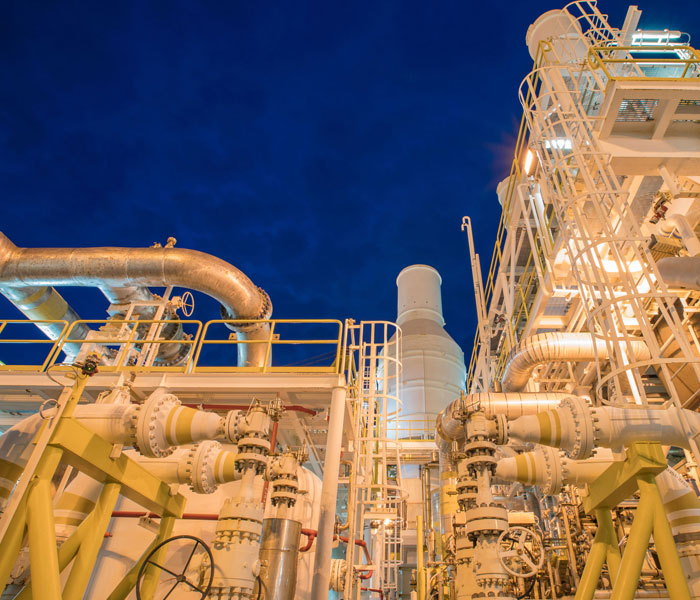
Imagine you are walking through the factory floor of the future. The first thing you notice is the pristine condition of the space, and the elegantly orchestrated movements of the machines around you. You can see that not only are products being rapidly and precisely built, but that the machines themselves are also working together to adapt and make changes customizing each product seamlessly as if each were built for just one unique customer. You are interrupted gently by a robot looking to pass by you. As you step aside, that robot moves to the line to replace a worn machine with a brand-new replacement, stopping the line for only a minute or two to make the swap.

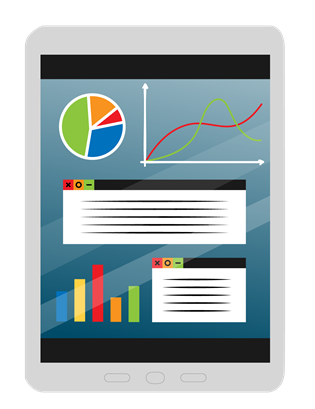
You pull out your smartphone or tablet and find a series of reports waiting for you. One report shows how the plant is operating, including productivity levels, tolerances, material usage, supply chain health and product demand forecasts. The other report shows how the advanced algorithms have been able to consistently generate efficiency and quality gains, and how those gains have converted to more profitability, agility and satisfied customers. The final report is one indicating suggestions that would allow for breakthrough performance, new technology recommendations, fundamental product redesign suggestions, and plans for how to make the plant more resilient to environmental, societal, and cyber events and anomalies.

When anything like this kind of future is presented, it can sound like fantasy. But converting fantasy to reality starts by naming the future, much like when the Internet of Things (IoT) and digital transformation were new concepts. The good news is when it comes to autonomous operations illustrated in the story above, more progress has been made than you might think. Yokogawa has been working on the vision, strategy, and pragmatic development and application and proving of these ideas for years. They have even coined a global standard for it called IA2IA.
What Is IA2IA?
The moniker is the first, if not only, attempt to articulate the importance of moving toward true autonomous operations — especially in a post-pandemic world — and what moving toward that really means. Yokogawa suggest it is imperative that we recognize that current conditions and future uncertainty require us to introduce more autonomy into the processes required for the making of essential goods and breakthrough discoveries. For humanity to be more successful exploring the newest frontier — and to become more resilient to unforeseen circumstances — we need to appreciate the spatial, temporal, and cognitive distances that are out of the reach of human workers due to a variety of changing circumstances. As a couple of examples of this, consider the following.
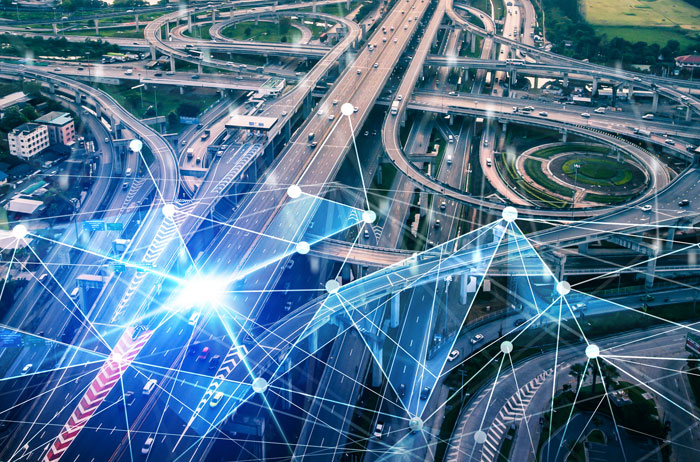
Modern cars are equipped with automatic decision brakes for this same reason: In critical situations, sensor-driven systems can interpret data and react to it faster than any human operator. This is a pragmatic example of the IA2IA evolution, and we believe that the number of similar needs will increase further in the future.
Another example, that even though it has to do with space, is very relevant to being able to operate at a distance right here on earth.

Because of the vast distance between Earth and Mars, it takes ~28 minutes to communicate back and forth, which makes real-time operation impossible. It is necessary for the equipment in the field to autonomously judge the situation and put thoughtful responses it into action. The situation requiring such autonomy is not limited to Mars.
To get more involved in elevating the concept of autonomous operations and support for the IA2IA standard, visit www.yokogawa.com/special/ia2ia/
Benefits of Autonomous Operations
COVID-19 and Manufacturing
What characteristics have allowed certain manufacturers to fare better during COVID-19?
Journey to Autonomous Operations
How to Get Started
For existing facilities and operations
Adoption will most likely occur in a step-by-step fashion.
For new facilities and operations
Operations can be designed with minimal to zero manual tasks right from the start.
Roadblocks
Outdated Technology
Current Regulation
Failing to Review ROI
Workforce Skill Set
Outdated Facilities
Core Technologies That Enable Autonomous Operations
Artificial Intelligence
Robotics
Cloud Computing
Data Analytics
(real-time & predictive)Remote Monitoring & Control
5G Smart Sensors
Cyber Security
Reliability Solutions
What Role Must Humans Play in the Development of Autonomous Operations?
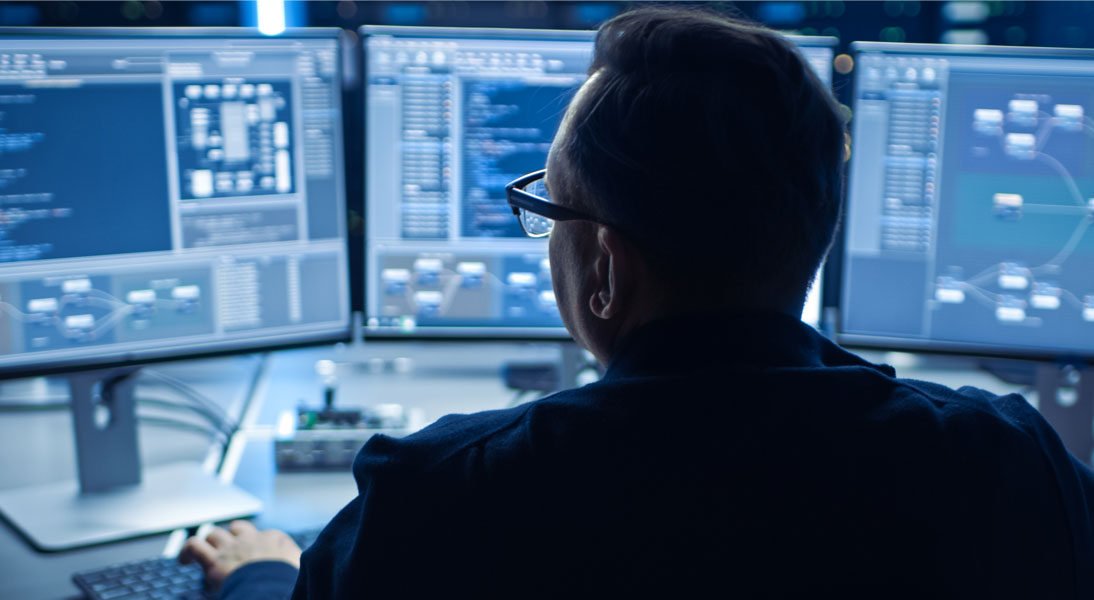

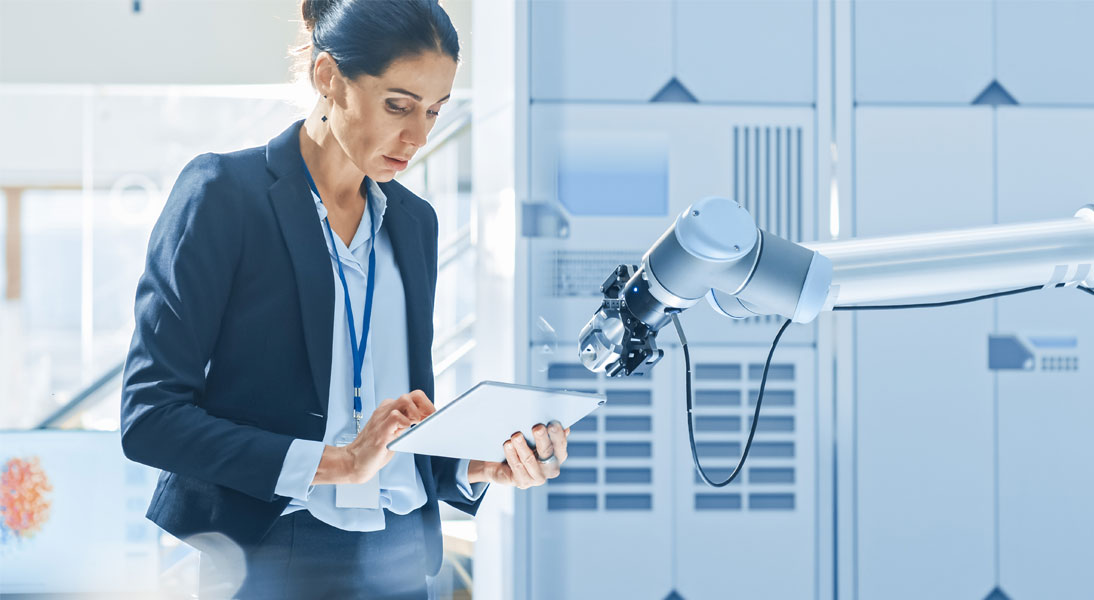
Conclusion
Additional Resources
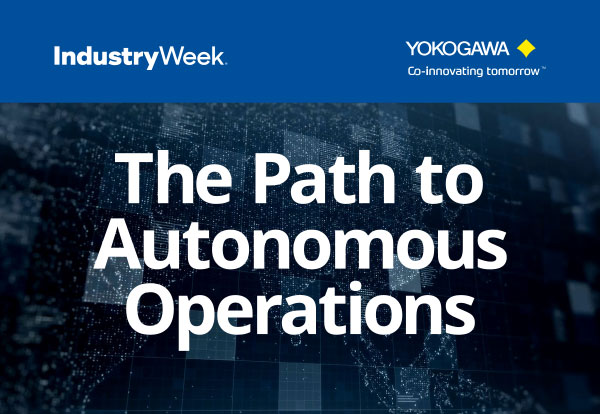
Autonomous Operations Video
